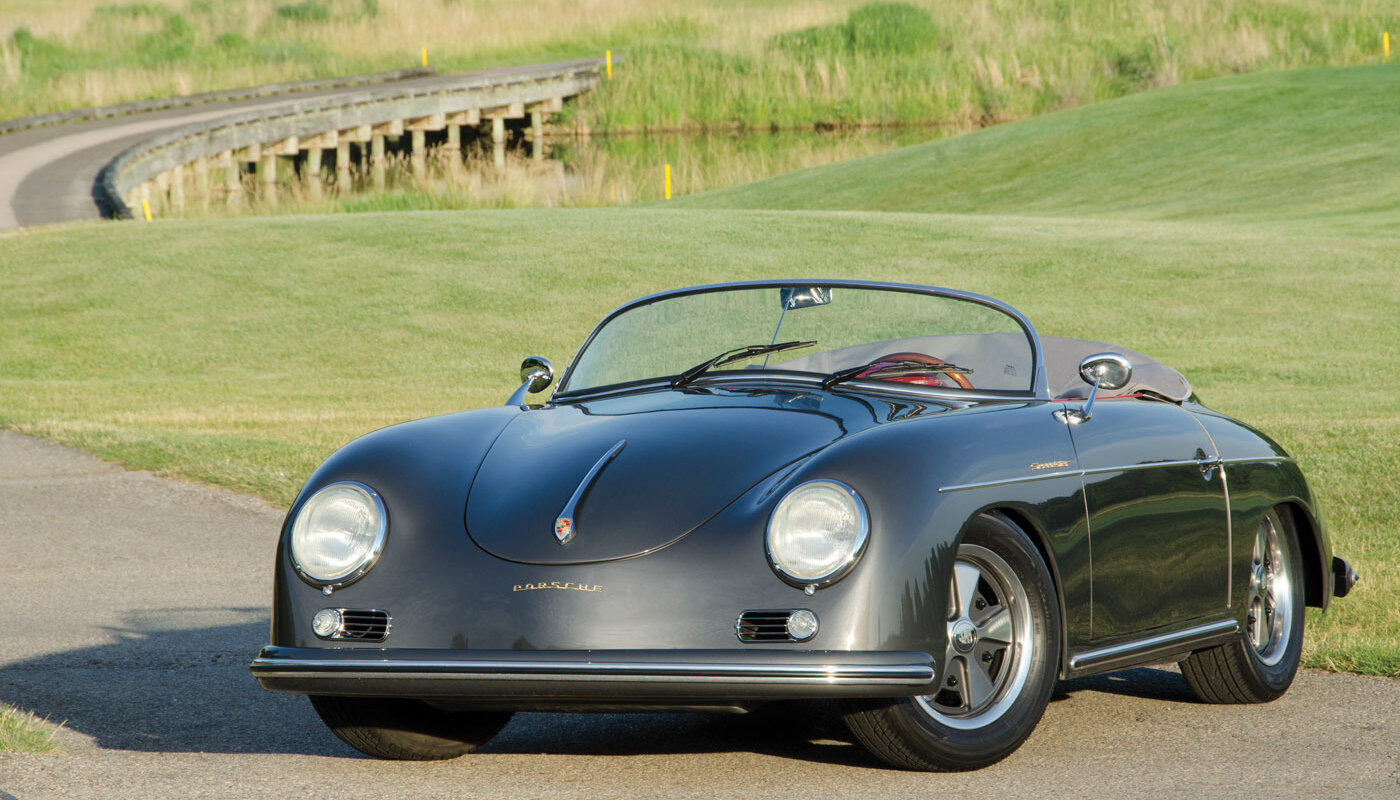
Building a Beck Speedster at home
As told by Jon Eesley
Photos by Steve Temple and Jon Eesley
I’ve always enjoyed working on things, as evidenced by being a participant in Soap Box Derby from the ages of 11 to 15. I’m old enough that back then you had to design and build the car, as the only standard parts were the wheels and axles. My dad, brothers and neighbors were always tinkering with cars, but the real project was building a VW-based dune buggy when I was 15.
Some 40 years later, I’m trying not to work as much (as a CPA), and realized that I needed a hands-on project. I decided to build a Manx dune buggy. But it would be unlike in the ’70s when you just got a ’63 Bug that had been rolled and then converted it for a new fiberglass body. Instead, this was a project of assembling components and parts from various sources, with lots of fabricating along the way — I even made my own wire harness. While you are never really done, I was ready for another project by the time my buggy was nearing completion.
This time my wife Tami (high-school sweetheart, now married to her for 38 years) wanted to be involved and make it our car. I was intrigued by the Beck Speedster from Special Edition and we visited the company, which was about a four-hour drive away in Indiana.
We loved the look, and I could leverage my VW knowledge from the Manx. My only regret on the Manx was that I wished I had built the engine. I also liked that Beck was relatively close and the owner/manager, Carey, is even an Ohio Buckeye like me! So, in October 2015 we agreed to get started. The plan was for Beck to build the chassis, body, etc., while I built a brand-new engine.
My trusted adviser and supplier on the engine build was John Connolly of AirCooled.net in Salt Lake City. How we came to cross paths is a saga in itself, involving my Meyers Manx (see sidebar).
My initial objectives for the Speedster were appearance and a reliable engine, not a high-performance mill. But John convinced me to build a stroker so the parts (starting with an engine stand) began coming. John is meticulous like me, and shared a very detailed article on how to spec parts before assembly.
New tools were required and I began the process. One other step before assembly was to get the components balanced, and I was introduced to Tom Simpson in northeast Ohio. He builds VW engines (primarily high performance) and was great to check, balance and tweak, as well as help with assembly.
Getting down to the details, the engine displaces approximately 2,240 cc, producing an estimated 140 hp. I’ve got dual Weber 44s, and the key to ignition is a Mallory CDI (you need a bigger spark given the higher compression). I also measured my air-fuel ratio to dial in the Webers.
In May 2016, my Beck arrived (on casters) and I began assembly (brakes, suspension, wheels, etc.) and then my Rancho transaxle and engine. As anyone knows, this job sounds and looks easier than it is once it’s completed, but I had things in pretty good order by late November 2016. I returned the car back to Beck for final inspection, alignment, adjusting, etc. In spring 2017, the car came home and I continued to adjust, tweak and refine. It’s hard to appreciate the subtle details unless you’ve done a build, but that is part of what I enjoy.
I recently got the car inspected and then titled by the state of Ohio and I hope to spend a lot of time behind the wheel. We’re planning to attend plenty of car shows as I’d like time to show off the build, but yes, I’m already evaluating my “next project.”
CROSS-COUNTRY CAT
Since we have a second home in Park City, Utah, part of my idea for a dune buggy would be to have a fun second vehicle there for summer excursions. So, why not drive my Manx there from our home in Ohio? Heck, I’d create garage space and save on airfare for one of our summer trips! Brilliant idea, but for some strange reason my wife wanted nothing to do with that trip. Well, I forged ahead anyway on a 1,700-mile drive. I planned to do it in two days, even though the longest I had driven my dune buggy at that point was about 50 miles.
After departing on Aug. 27, 2015, from central Ohio at 5:30 a.m., I got to the Indiana border a little after 7 a.m., and was frozen. Who’d guess that in August? But once the sun was up I was good and cruising. My goal was to make it to Colorado, but after over 19 hours of driving my wife called me on the phone and said, “Enough!” She had made reservations at a hotel at the next exit in western Kansas.
With just five hours of sleep, I was up at 6 a.m. and ready to go. In hindsight, I might have been feeling a bit overconfident cruising through the wide-open plains of eastern Colorado. After making great time into Denver, I sputtered to a stop. Thinking fuel clog, I replaced the filter on the I-70 berm, fired right up again, and I’m good to go.
From here I thought rather than highway I’d take two lanes over the mountains to Park City. Heading up mountains, I hit some rain, and between moisture and elevation, the engine dies about an hour west of Denver early afternoon. I called for a tow back to Denver, and found a VW air-cooled engine enthusiast who said he would stay at his shop as long as needed to help get me going. I arrived at his shop around 9 p.m. and let him have some fun checking out the entire car.
The ignition was the culprit, so he replaced plugs and distributor, and boom, running like a champ. Heading out of Denver again, this time I’m taking the highway, my wife calls and says, “Not too far, just get a room and start in the morning.”
Up early and heading to Utah, once again I’m freezing but at least I had a jacket, hood and gloves. A bit anxious about the engine, I take it easy, but with every hour gain confidence and once again am cruising along at 65-plus mph.
One other key bit about out driving out West is how vast the land is, and given that my Manx holds only 7 gallons of gas, I brought a 5-gallon container with me. Which was a smart choice, as I needed it on I-80 in Wyoming, with nothing around and low on gas.
I made it right into Park City around 3 p.m. Other than a numb head and ringing ears from being in an open cockpit with loud engine, I was good.w
Once in Utah at around 6,800-feet elevation, I knew I would need to rejet carbs. Fortunately for me, I was told about John Connolly of Aircooled.net. While mostly an online business, his shop is located in Salt Lake City and he offered to look at my Manx if I brought it by. I did and right away could tell he shared my passion for things done right and paying attention to the details. He gave me some good tips, including help with new jets. So, while dropping by the shop isn’t his business, I did and got everything I needed.
Right there I began discussing my next project and interest in building a VW engine for my Speedster. Through email, and cellphone photos, etc., he was incredibly supportive and was always spot on with his guidance. He proved my point that with right parts, tools and instruction, I can build anything!

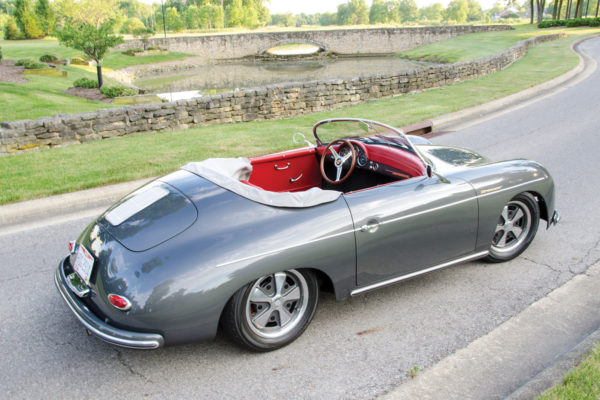
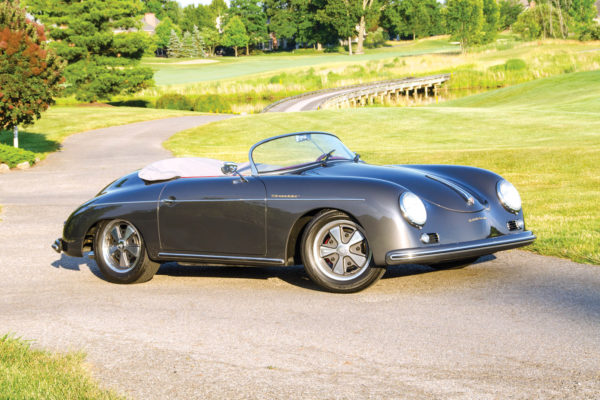
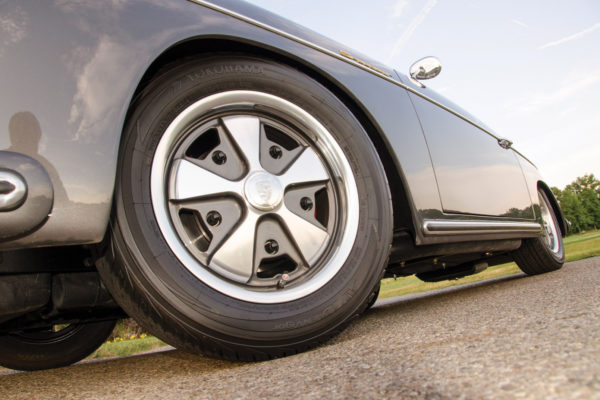

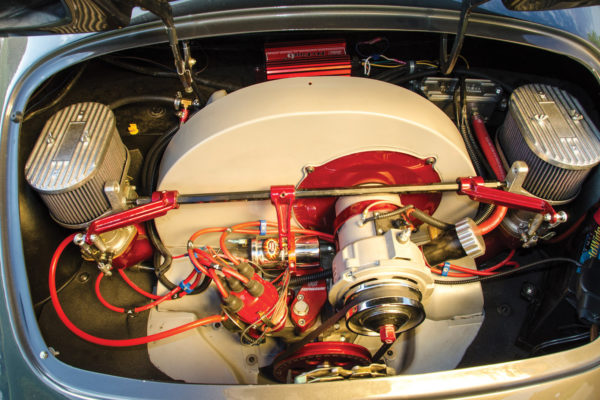
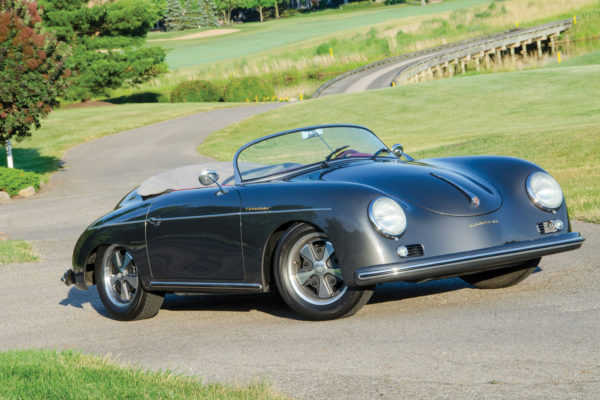
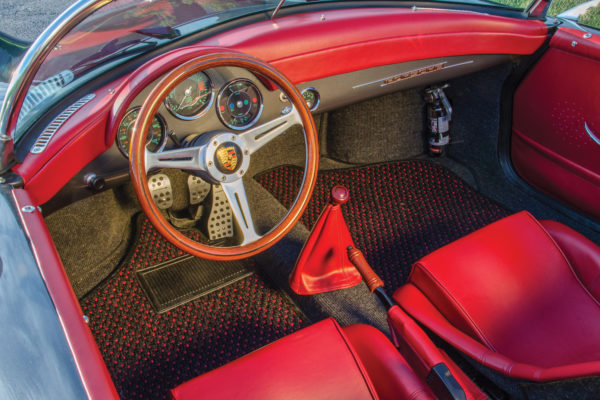
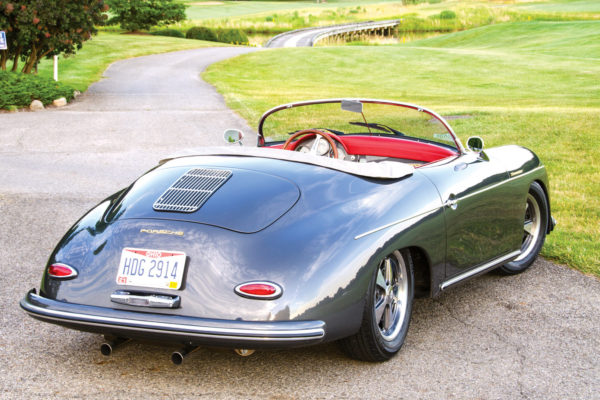
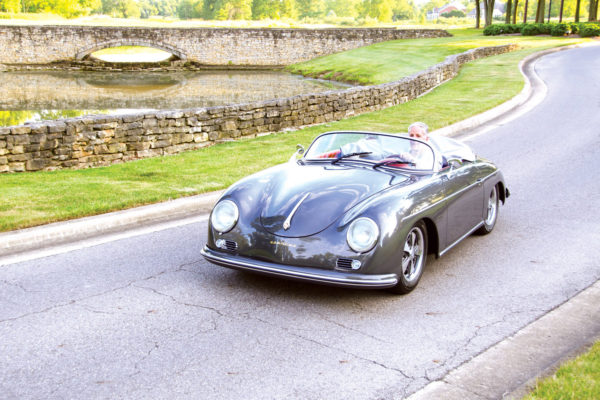
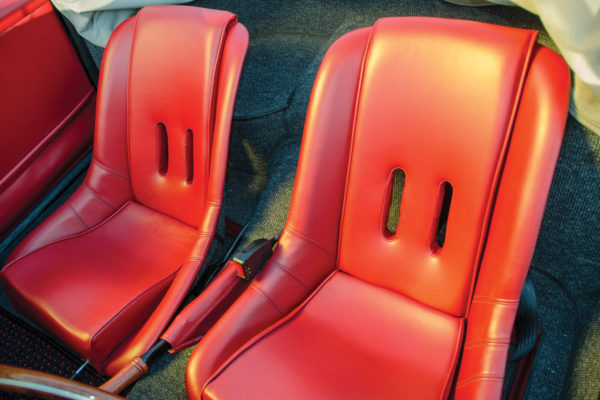
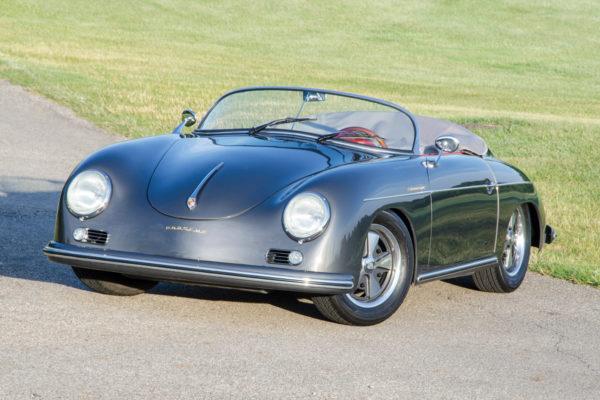
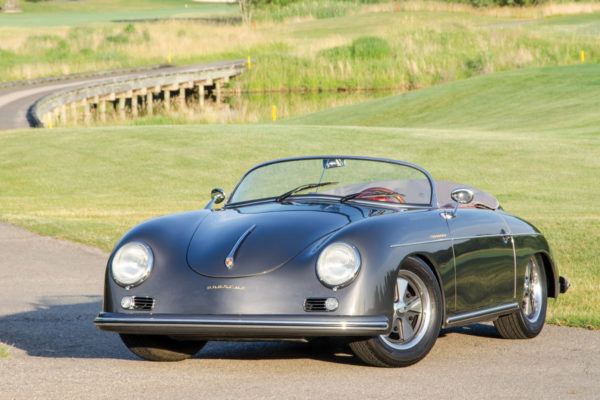
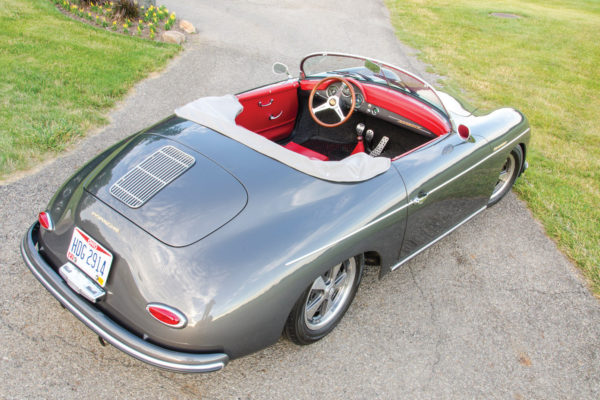
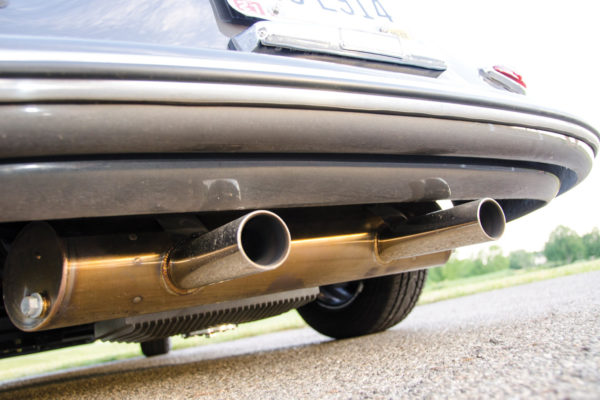
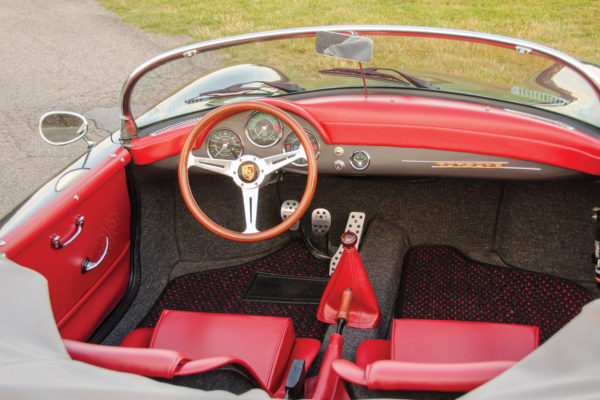
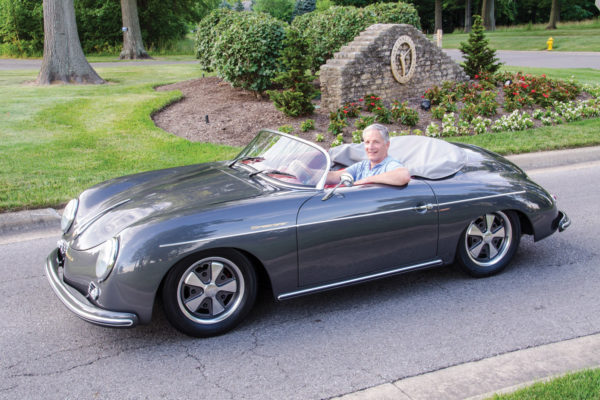
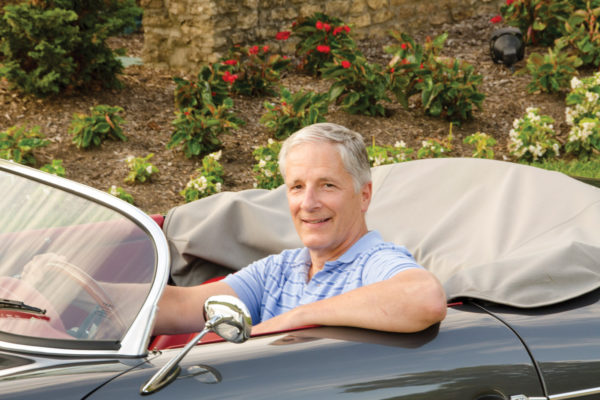
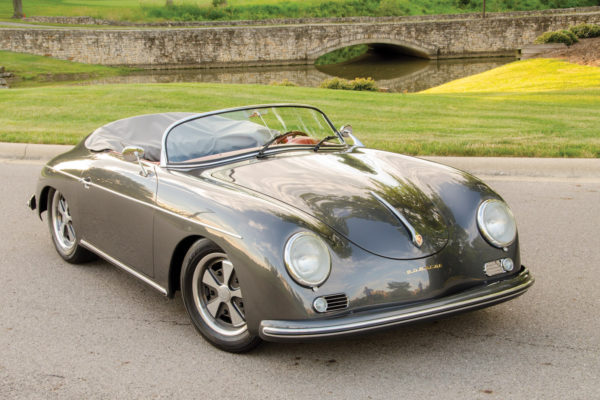
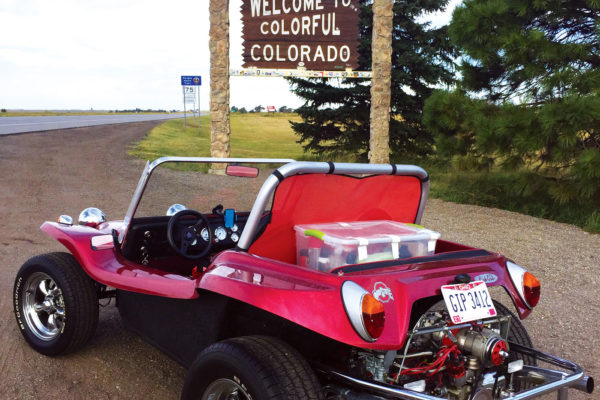
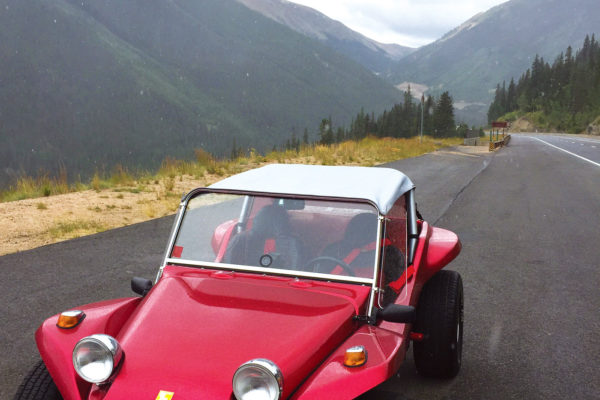
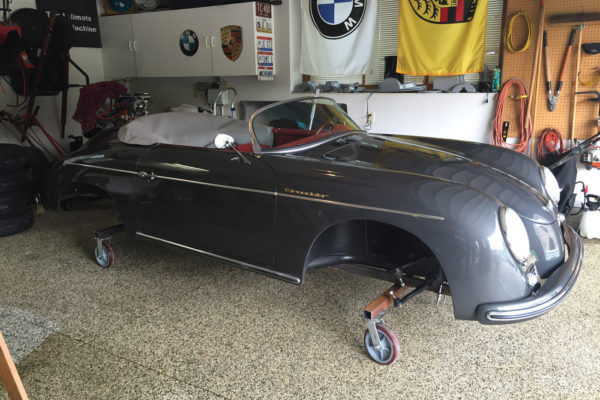




Comments for: Hands-on Speedster
comments powered by Disqus